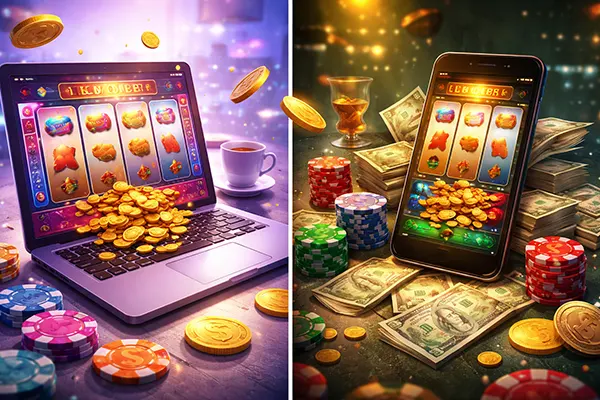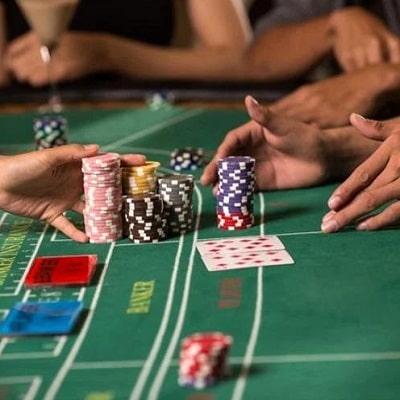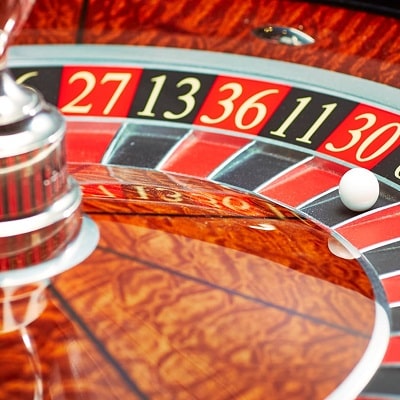Analysis of Real Poker Hands from YouTube Streams: Mistakes Even Pros Make
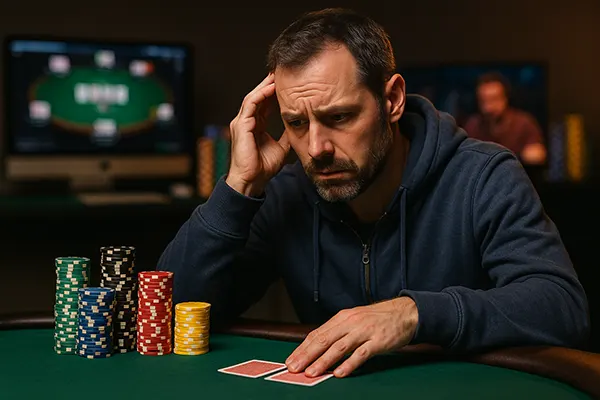
Poker streams on YouTube have become a valuable source of education and entertainment for players of all skill levels. Watching professionals play in real time gives insight into their thought processes, decision-making, and, surprisingly often, their mistakes. In this article, we will examine several real-life poker hands featured on YouTube in 2024 and early 2025, analysing the missteps even seasoned professionals fall victim to. This analysis is based on current trends, player behaviour, and expert insights as of June 2025.
Critical Decisions Gone Wrong: Where Professionals Slip
In high-stakes games, decisions are made under intense pressure, and even the best minds in poker can falter. One commonly observed mistake in streamed sessions is overvaluing medium-strength hands. For example, top players sometimes commit heavily with top pair and weak kicker, particularly when they believe their reputation can push opponents out of the pot. However, in 2025, more recreational players are calling wider, making this bluff strategy less effective.
Another frequent error is misjudging stack-to-pot ratios. Some pros miscalculate effective stacks when facing all-ins or multi-way pots, especially in deep-stack cash games. Misreading the pot commitment level can lead to unjustified hero calls or folds. These errors are subtle, but in a public broadcast, they become glaring with audience scrutiny.
Additionally, the tendency to “level” oneself—assuming opponents think on the same complex level—has caused multiple misreads in recent hands. A notable example involves a pro folding a flush because they believed the opponent could never bluff in that spot, while replays revealed the bluff was exactly what occurred.
Psychological Patterns Under Pressure
Emotions play a larger role than many professionals admit. Even experienced players occasionally tilt subtly, and viewers can catch changes in tone, posture, or timing that hint at inner frustration. For example, after losing a big hand, a well-known high roller was seen playing overly aggressive hands the very next orbit—something their usual stats do not support.
Another issue is the pressure of the audience. With thousands watching live, some pros feel compelled to show off or play heroically. This social performance pressure has led to uncharacteristic bluffs or unnecessarily risky plays. The stream environment itself, with chat reactions and real-time commentary, intensifies this need for validation.
Lastly, fatigue is a major factor. Streamed sessions often last hours, and late missteps are frequently caused by reduced focus. Multi-tabling or responding to chat during play also distracts players, causing small errors that snowball into major pot losses.
Technical Analysis: Solver Discrepancies in Live Play
One of the most revealing aspects of reviewing YouTube poker hands is comparing in-game decisions with solver-approved strategies. In many hands, professionals deviate from optimal play due to human biases, timing tells, or game flow perceptions. For instance, recent hands reviewed by online analysts in May 2025 show that c-betting frequencies are often overused in small blind vs big blind spots compared to solver suggestions.
Moreover, preflop ranges are consistently looser in streamed games. While solvers recommend tight-open ranges from early positions, many pros are seen opening hands like J9s or A6o, possibly to exploit passive table images. This deviation works sometimes but introduces vulnerability against skilled opponents who adapt quickly.
The postflop play also often lacks balanced check-raises. In spots where solvers recommend check-raising strong hands to protect checking range, players often flat-call to trap—allowing observant opponents to narrow their range reading too easily. This imbalance can be exploited by sharp viewers or opponents who study the footage later.
How Stream Environment Affects Strategy
Live stream dynamics significantly affect player strategy. Knowing that actions will be analysed later changes how pros play, sometimes leading to more cautious choices or flashy bluffs designed for entertainment rather than profit. This shift in motivation affects long-term outcomes and player consistency.
Another impact is game tempo. Stream delays, talking to hosts, and dealing with overlays slow down the game, giving players more time to think. While this could reduce mistakes, it often leads to overthinking. Some players deviate from their intuitive game and instead get “in their heads,” which can be disastrous in fast-decision spots.
In addition, the knowledge that competitors watch past streams leads to metagame wars. Pros may adjust play today anticipating counters from future opponents, creating a loop of adaptations that stray far from GTO (Game Theory Optimal) strategy. This leads to unexpected lines and blunders not easily justified post-analysis.
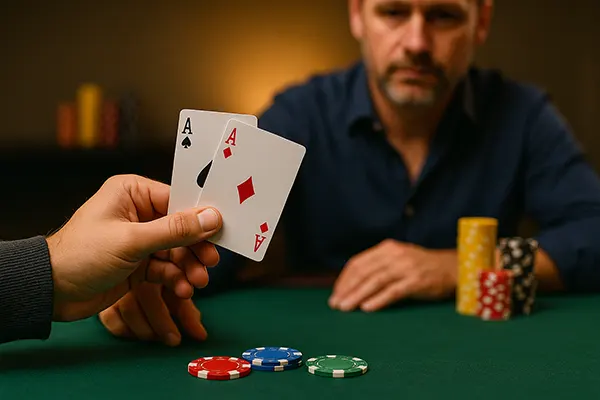
Educational Value for Viewers: Learning from Mistakes
YouTube streams have evolved into powerful learning tools. Observing professionals make real mistakes provides valuable lessons for ambitious players. Identifying these errors helps players sharpen their game awareness and avoid falling into the same traps. For example, watching a pro overplay a top pair teaches caution in marginal spots more effectively than any textbook.
Additionally, streams highlight the human element in poker. Seeing respected names miscalculate pot odds or misread a board offers reassurance that even the best are fallible. This demystifies elite play and encourages viewers to focus on consistent decision-making rather than perfection.
Finally, many streamers now include hand reviews or post-game breakdowns. These segments allow for deeper insight into what went wrong and how they intend to adjust. For viewers, this reinforces strategic thinking and showcases how learning from mistakes is part of even the top-tier professional process.
Key Takeaways for Improving Your Own Play
First, always assess your stack size in relation to the pot before committing to a decision. This helps prevent misplays in high-pressure moments. Second, be honest with yourself about tilt. If you’re playing emotionally, take a break. The best players know when to fold not just their hand, but their session.
Third, review your sessions regularly. Whether you’re recording yourself or watching top players, focus on learning rather than entertainment. Analyse why mistakes happened and what could have been done differently. Poker is a game of long-term adjustments, and growth comes from critical reflection.
Lastly, don’t blindly copy professionals. Their decisions are based on years of context and experience. Instead, learn the reasoning behind actions, and adapt strategies to your own game and opponents. The goal is not to play like a pro, but to think like one.

